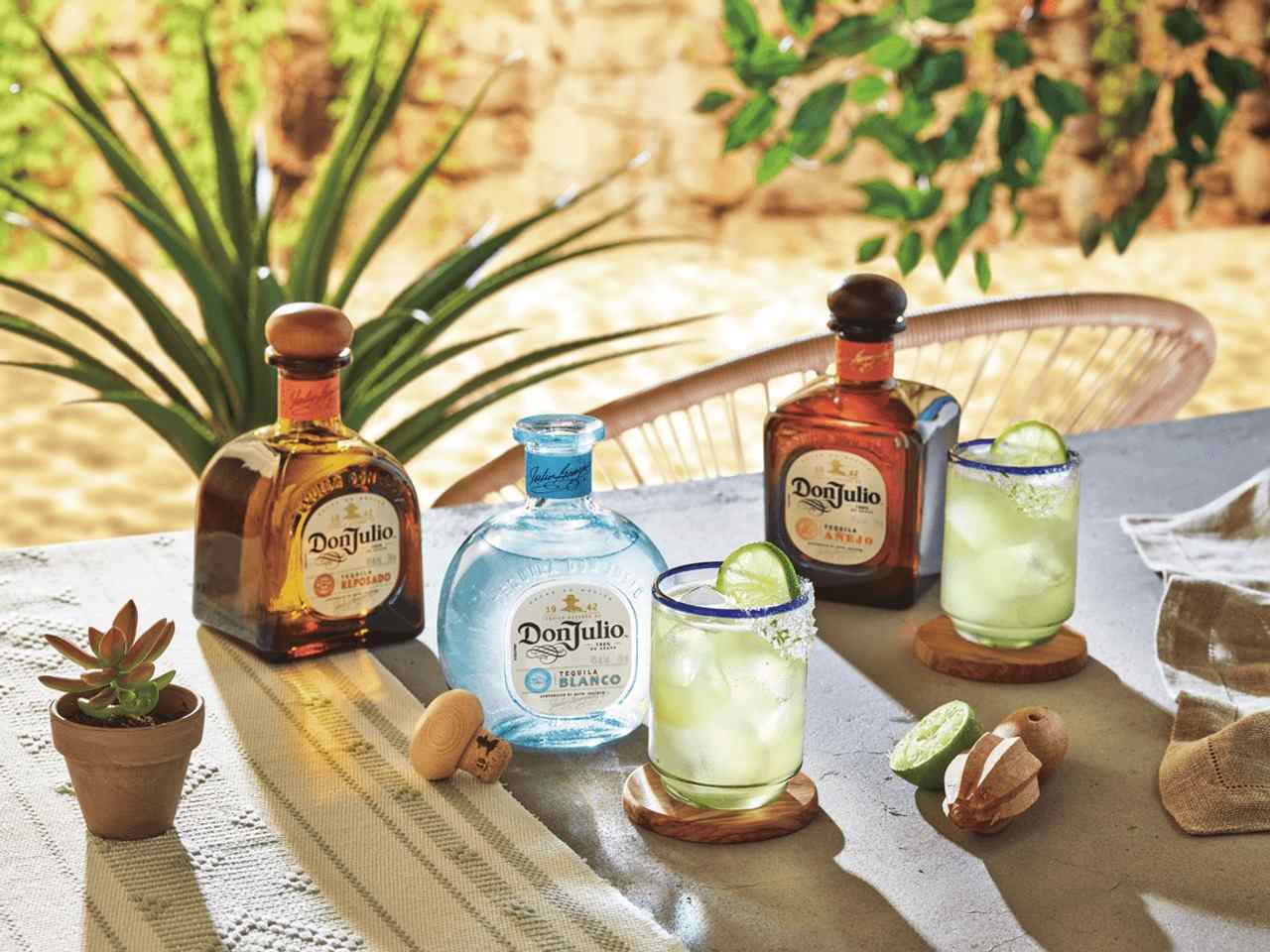The Los Altos (Highlands) region, which is renowned for its rich red soil that is rich in iron and copper, is where Don Julio tequila is produced. Many tequila enthusiasts think that the high elevation, roughly 2,000 feet above sea level, is what gives Highland tequilas their sweet flavor. The agave plants are stressed by the thin air at that altitude, which leads to an increase in natural sugar production as they store energy.
Little newborn shoots known as "hijuelos" that emerge from the roots of older agave plants are meticulously removed by Don Julio's crew before planting fresh agave. They take particular care to preserve as much of the root system of the newborn plant as they can. This aids in the budding plant's rapid uptake of nutrients from the soil and promotes robust growth.
Don Julio's Unique Agave Farming Practices
In contrast to many other tequila producers, Don Julio thinks that agave plants should be planted 1.5 meters apart. This distance guarantees that each plant receives enough sunlight to develop robustly through photosynthesis and keeps the roots from tangling before the plants are fully grown.
After three, four, or five years, some growers clip the agave leaves to stress the plant and hasten its maturity. The core (piña) swells as a result of the roots having to work harder and absorb more water. Don Julio stays away from this technique even though it speeds up the harvest by almost two years. Rather, they never trim the leaves too soon and instead allow the agave to mature naturally.
Crafted with Care: Don Julio’s Roasting and Extraction Process
Don Julio cut the agave plant leaves around the piña while using green stems avoids the unwanted bitter flavor and creates the right taste profile. During the manufacturing process, manufacturers cut piñas into three pieces before roasting them in brick ovens for approximately twenty-four hours.
The piñas remain in the ovens for an additional 48 hours of cooling to refine their taste characteristics. The extended 72-hour process runs several times longer when compared to the standard 6–8 hour production of high-pressure autoclave manufacturers.
Don Julio utilizes ovens that include steam vents near the top, which function to release oven pressure so it does not accumulate. The company operates eighteen ovens, which individually function to process up to twenty metric tons of product.
The piñas' juices flow into collection troughs while they roast. Most producers throw away the first three hours of liquid because the initial runoff is usually bitter. In order to guarantee that only the sweetest liquid, referred to as "aguamiel" or "honey water," is gathered, Don Julio goes one step further and discards the first eight hours.
To extract their sugary juice, the piñas are boiled and then run through five shredders. To rinse off even more “aguamiel” from the remaining fibers, which are then put aside for recycling, more water is poured onto the shredded agave.
Sustainable Practices and Unique Aging at Don Julio
Don Julio makes fertilizer for their farms using leftover materials from the production of tequila. They combine the stiff agave husks, distillation byproducts, and the bitter liquid from the first eight hours of roasting. The bitter water softens the husks because they are difficult for nature to break down spontaneously. Additionally, the waxy discharge lowers the bitter water's high pH, increasing its efficacy.
American white oak barrels used to keep whiskey are used to store the majority of aged Don Julio tequilas, with the exception of the unaged Blanco. Barrels that had aged Canadian Crown Royal whisky are also used in the special edition, Don Julio Real.
Frequently Asked Questions
1. Where is Don Julio tequila made?
Don Julio tequila is crafted in the Los Altos (Highlands) region of Jalisco, Mexico. The region's rich red soil and high elevation—around 2,000 feet above sea level—contribute to the tequila’s naturally sweet flavor.
2. What makes Don Julio's agave farming unique?
Don Julio plants agave 1.5 meters apart to ensure optimal sunlight exposure and healthy root growth. Unlike many other producers, they allow the agave to mature naturally without prematurely trimming the leaves.
3. How long does Don Julio roast their agave?
The agave piñas are roasted in traditional brick ovens for 24 hours and then cooled for 48 more. This slow process enhances flavor and contrasts with faster, high-pressure methods used by other producers.






